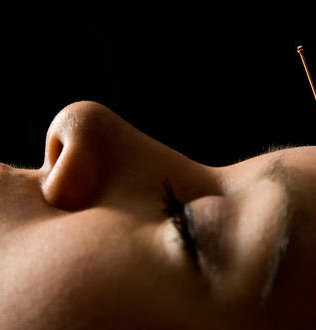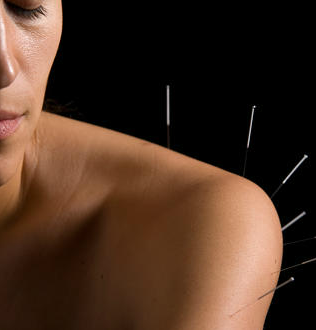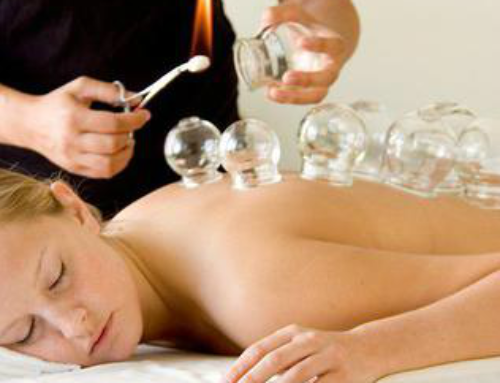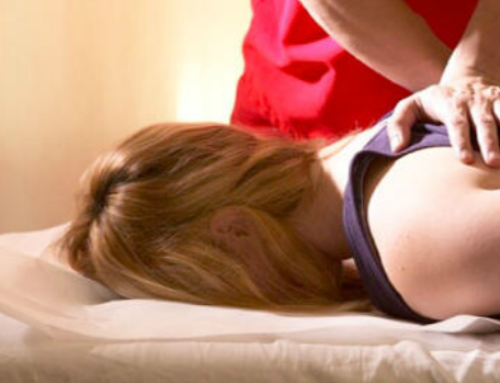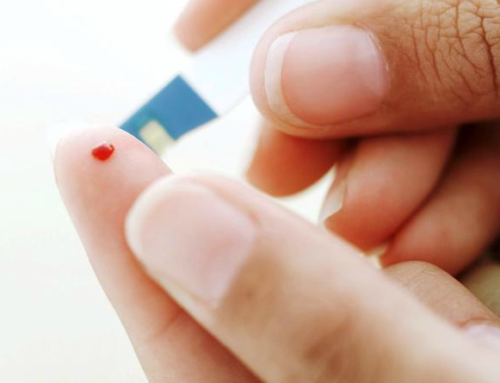Project Description
Acupuncture Therapy
How does acupuncture work?
Acupuncture improves the body’s functions and promotes the natural self-healing process by stimulating specific anatomic sites–commonly referred to as acupuncture points, or acupoints. The most common method used to stimulate acupoints is the insertion of fine, sterile needles into the skin. Pressure, heat, or electrical stimulation may further enhance the effects. Other acupoint stimulation techniques include: manual massage, moxibustion or heat therapy, cupping, and the application of topical herbal medicines and linaments.
Traditional Chinese Medicine is based on an ancient philosophy that describes the universe, and the body, in terms of two opposing forces: yin and yang. When these forces are in balance, the body is healthy. Energy, called “qi” (pronounced “chee”) flows along specific pathways, called meridians, throughout the body. This constant flow of energy keeps the yin and yang forces balanced. However, if the flow of energy gets blocked, like water getting stuck behind a dam, the disruption can lead to pain, lack of function, or illness.
Acupuncture therapy can release blocked qi in the body and stimulate function, evoking the body’s natural healing response through various physiological systems. Modern research has demonstrated acupuncture’s effects on the nervous system, endocrine and immune systems, cardiovascular system, and digestive system. By stimulating the body’s various systems, acupuncture can help to resolve pain, and improve sleep, digestive function, and sense of well-being.
What conditions are commonly treated by acupuncture?
Hundreds of clinical studies on the benefits of acupuncture show that it successfully treats conditions ranging from musculoskeletal problems (back pain, neck pain, and others) to nausea, migraine headache, anxiety, depression, insomnia, and infertility.
Case-controlled clinical studies have shown that acupuncture has been an effective treatment for the following diseases, symptoms or conditions:
• Allergic rhinitis (including hay fever)
• Biliary colic
• Depression (including depressive neurosis and depression following stroke)
• Dysentery, acute bacillary
• Dysmenorrhoea, primary
• Epigastralgia, acute (in peptic ulcer, acute and chronic gastritis, and gastrospasm)
• Facial pain (including craniomandibular disorders)
• Headache
• Hypertension, essential
• Hypotension, primary
• Induction of labor
• Knee pain
• Leukopenia
• Low back pain
• Malposition of fetus, correction
• Morning sickness
• Nausea and vomiting
• Neck pain
• Pain in dentistry (including dental pain and temporomandibular dysfunction)
• Periarthritis of shoulder
• Postoperative pain
• Renal colic
• Rheumatoid arthritis
• Sciatica
• Sprain
• Stroke
Tennis elbow


